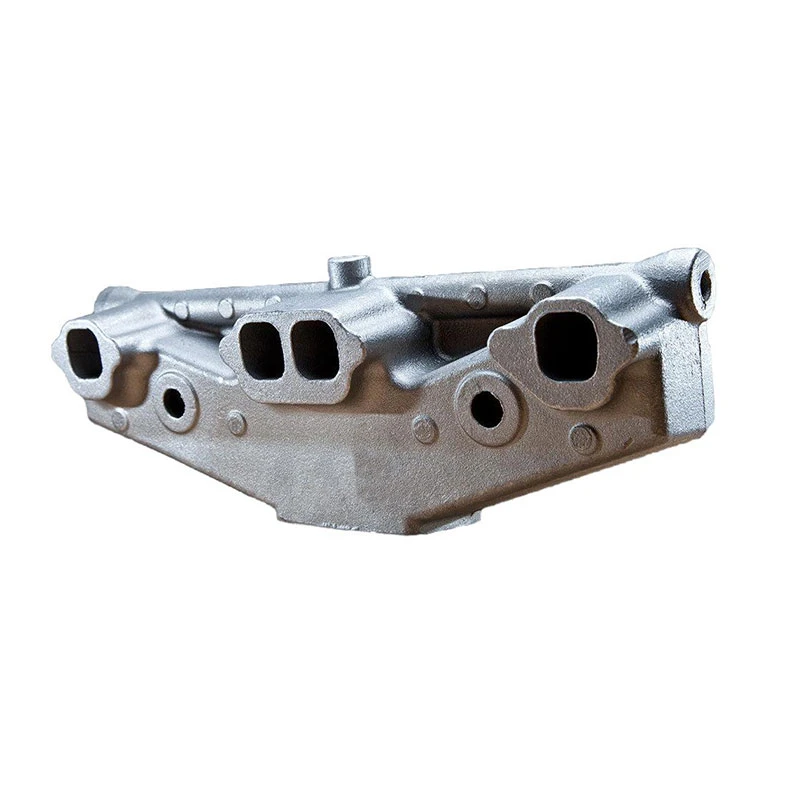sand casting core
Sand Casting Cores An Essential Element in Metal Casting
Sand casting is a widely used manufacturing process that allows for the creation of complex metal parts. Among the various components involved in sand casting, cores play a pivotal role in defining internal geometries and features of the cast product. This article will explore the purpose, types, materials, and advantages of sand casting cores.
The Role of Cores in Sand Casting
Cores are sand-based structural elements that are used to create internal voids and passages in the final cast product. These voids can be necessary for various functional requirements, such as fluid flow paths, weight reduction, or specific shapes that cannot be achieved through the outer mold alone. By inserting cores into the mold, manufacturers can produce intricate designs that cater to specific applications, making cores an indispensable component of the sand casting process.
Types of Sand Casting Cores
There are several types of cores used in sand casting, each suited for different applications. The most common types include
1. Dry Cores Made from a mixture of sand and a binding agent that is cured at elevated temperatures. Dry cores are very strong and can endure high pouring temperatures. They are ideal for complex shapes and internal features.
2. Cold Box Cores These cores are made from sand mixed with a resin binder that is activated by a chemical reaction at room temperature. Cold box cores are easy to handle and provide excellent dimensional accuracy, making them a popular choice for many applications.
3. Shell Cores Composed of a thin shell of sand around a core material, shell cores are often used in applications requiring high dimensional precision and smooth surface finishes. They offer good thermal resistance and are generally lighter than other core types.
4. Hot Box Cores These cores are produced using a heated core box, allowing the resin binder to cure quickly. This method is effective for thicker cores and those that need to withstand high temperatures during pouring.
Core Materials
sand casting core

The materials used in core production are crucial for their performance and must withstand the intense conditions of the casting process
. Common materials include- Sand A primary component, sand is often mixed with various binders depending on the core type being produced. The grain size and shape of the sand can affect the strength and surface quality of the final casting.
- Binders These materials, such as resin or clay, are used to hold the sand particles together. The choice of binder impacts the core’s strength, thermal stability, and overall resilience.
- Additives Sometimes added to increase the properties of cores, additives can enhance specific characteristics such as surface finish, strength, and heat resistance.
Advantages of Using Cores in Sand Casting
Utilizing cores in sand casting offers several benefits, including
1. Complex Geometries The inclusion of cores enables the manufacturing of parts with intricate internal shapes that would be impossible to achieve with outer molds alone.
2. Weight Reduction By creating hollow sections within castings, cores enable significant weight savings, which is crucial in industries like automotive and aerospace.
3. Improved Functionality Internal features, such as cooling channels and passageways, can be incorporated into the casting, enhancing the functionality of the final product.
4. Cost Efficiency Cores can reduce the amount of metal needed for a casting, leading to lower material costs without compromising the integrity or performance of the part.
In conclusion, sand casting cores are critical in achieving the desired designs and functionality of metal parts. By understanding the different core types, materials, and advantages, manufacturers can effectively leverage this technology to meet their production needs while maintaining quality and performance.
-
Top Extras Casting Solutions Die Casting and Sand Casting Experts High-Quality Casting and Die Casting ServicesNewsJun.10,2025
-
Top SS Casting Manufacturer Aluminum Die Casting Manufacturer China Precision Die Casting Company SupplierNewsJun.10,2025
-
High-Quality Brass Casting Sand for Precision Sand Casting Brass at HomeNewsJun.10,2025
-
Affordable Aluminum Sand Casting Solutions Custom PartsNewsJun.09,2025
-
High-Quality China Sand Casting Services Cost-Effective & ReliableNewsJun.09,2025
-
Premium Hot Stamping Parts Durable Plastic Decor SolutionsNewsJun.09,2025















